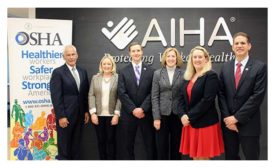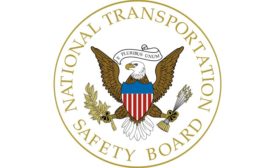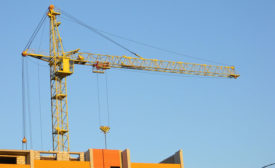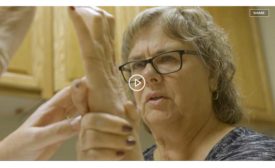News
From the NIOSH Director's Desk:
Preparing and protecting the emerging workforce
November 8, 2018
A Confined Space blog post
Shot, stabbed and assaulted: Violence against nurses
November 8, 2018
Never miss the latest news and trends driving the safety industry
eNewsletter | Website | eMagazine
JOIN TODAYCopyright ©2024. All Rights Reserved BNP Media.
Design, CMS, Hosting & Web Development :: ePublishing










